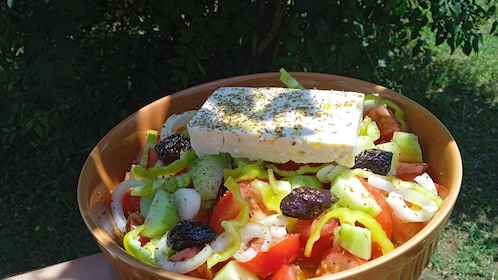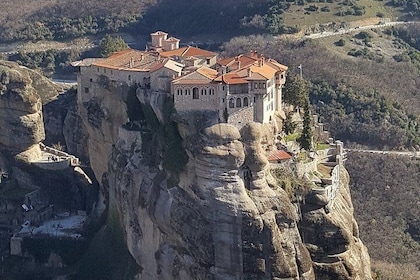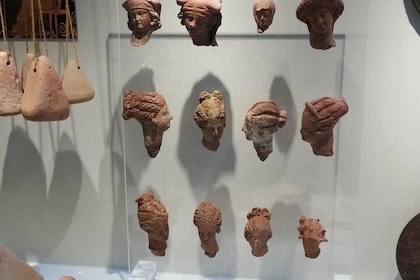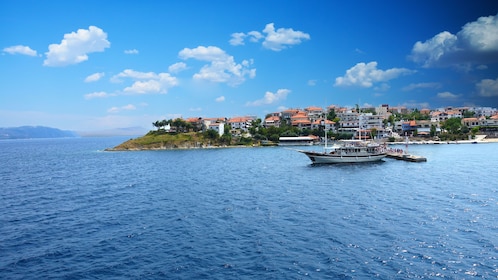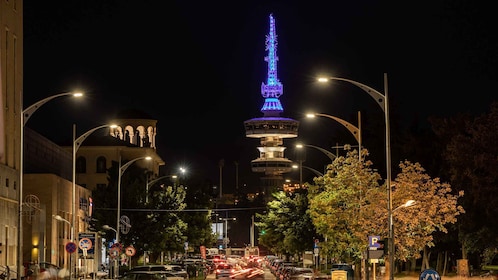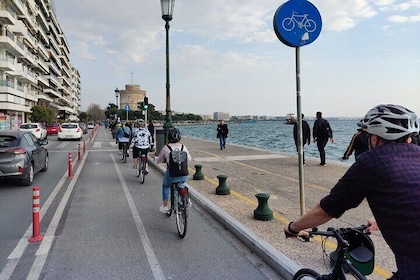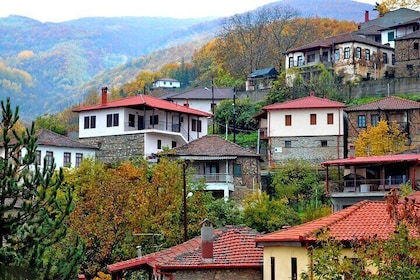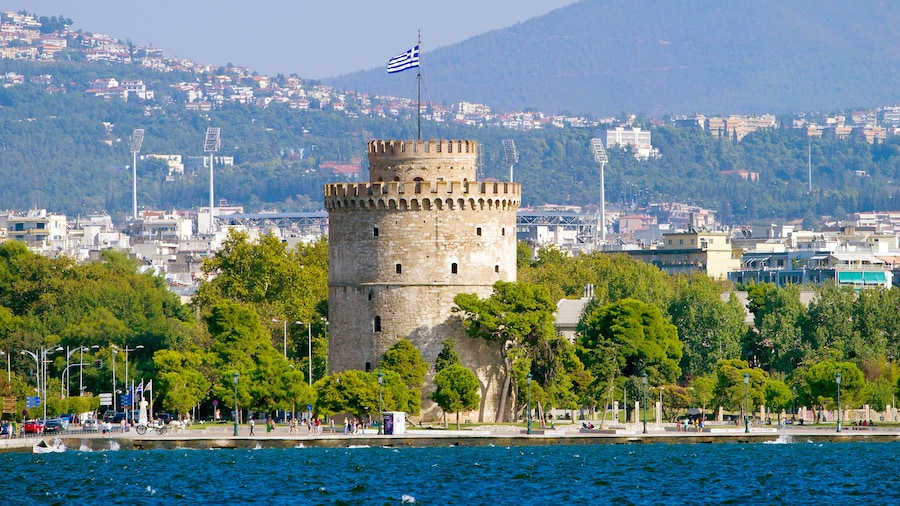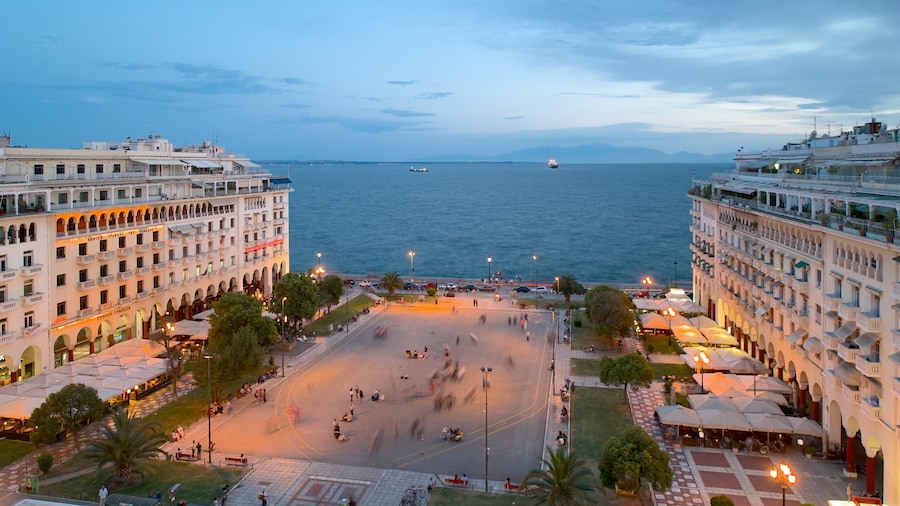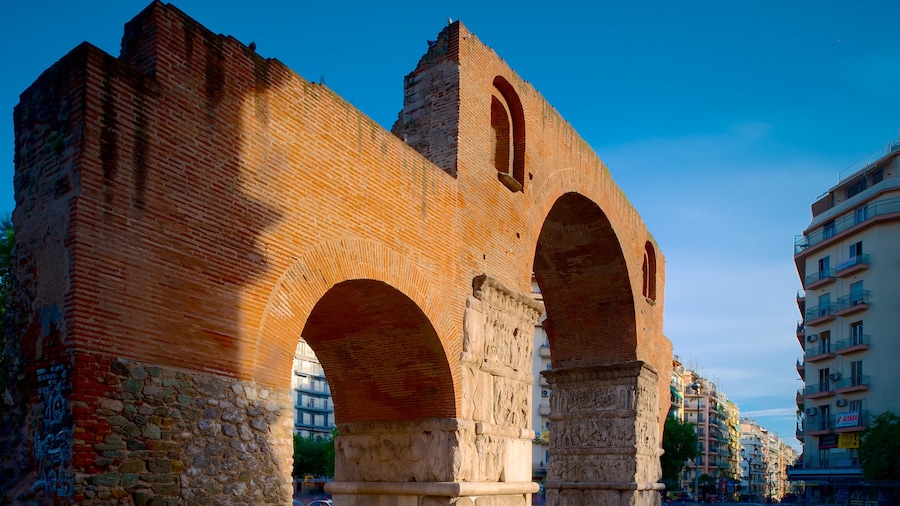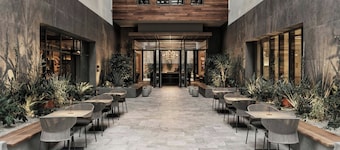See the city’s largest Byzantine church to discover a centuries-old religious site and the striking artwork found in its interior.
One of the oldest churches in the city, Agia Sophia represents a characteristic example of middle-Byzantine architecture. Although its exterior may appear modest, its expansive interior is home to a number of centuries-old mosaics and frescoes that are worth taking the time to see.
Most historians believe the church was constructed in the 8th century, although there is some evidence it was built as early as the 6th century. It may even pre-date the more famous church of the same name found in Istanbul. Excavations have uncovered remains of an older Christian basilica as well as a Roman building, both of which once stood on the same site.
Originally serving as an Orthodox church, Agia Sophia was converted into a mosque in the 16th century. Following the Great Fire of 1917 , it was reconstructed and returned to its former role as a Christian church.
Begin by admiring the building’s exterior. Notice how the gardens and palm trees that surround the church soften its austere appearance. Step inside the church’s interior, which is dominated by a 32-foot (10-meter) ceiling dome. The dome’s 9th-century mosaic depicts the Ascension of Christ.
Keep an eye out for some of the church’s other original mosaics, which date back to the 8th century. The depiction of religious figures was forbidden in art during this time and you’ll notice that the mosaics incorporate stars, crosses and text instead. Take a look at the 11th-century frescos, which are illustrated with images of different saints.
Save some time to wander around Agia Sophia Square, found outside the church on the northwest side. Stop at the nearby Terkenlis and Byzantium pastry shop and try their famous tsoureki, a brioche pastry that comes in many different flavors.
The Church of Agia Sophia is open daily and admission is free. Keep in mind that visitors are requested to refrain from wearing shorts or sleeveless shirts inside the church.


















